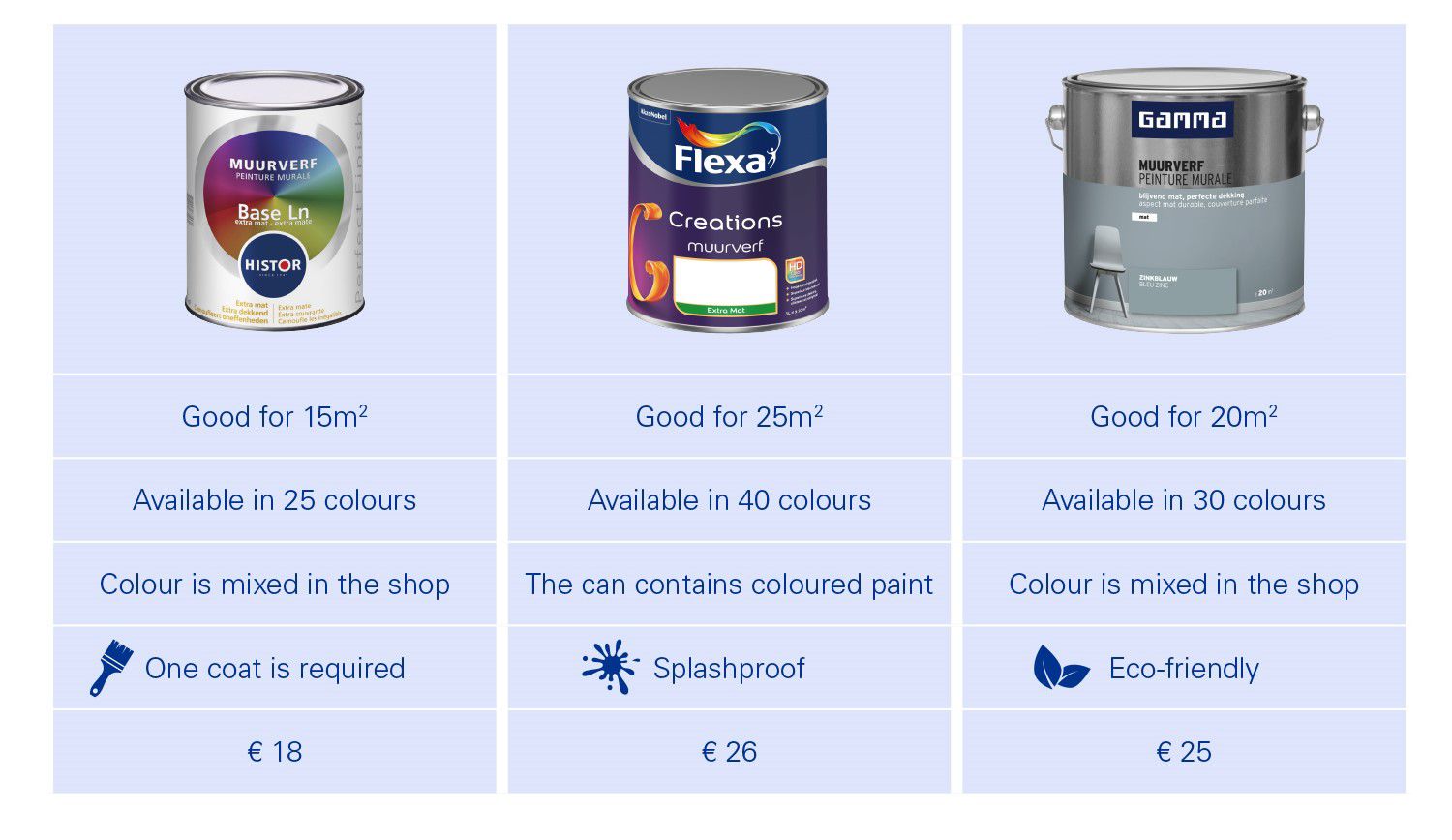A brand is a relatively elusive concept. For organisations, a brand is an identity that defines what they stand for and how they position themselves in a category and in society. For them, the brand has a financial value. For customers or users, a brand is essentially a choice tool. Associations drive expectations and colour users' experiences based on perceptions.
That a brand influences choices, and thus determines the success of an organisation, is a view that is widely shared and proven. But the extent to which the brand sways those choices is often harder to pinpoint. Some 95% of our purchasing decisions are driven by unconscious, automated processes. Unfortunately, traditional brand research does not uncover this, or only to a limited extent: when respondents are asked about their drivers or choice criteria, they are only able to name the more rational or conscious ones. But how do you get more insight into the unconscious drivers or criteria that, in most cases, really drive the buying decision and thus determine the value of your brand?
A brand is a set of associations within a person's memory structure that direct attention, expectations and experiences. It represents financial value for the organisation/brand owner on the one hand and, on the other hand, is the choice tool for users in the form of perceptions that colour and shape valuation and experience.

Measuring a brand
A brand is intangible: you cannot grasp it. And because it is often seen as an intangible asset, it is not always on directors' agendas as such. In our experience from the work KPMG performs for clients we see that a brand is most often invested in by the Marketing department, which often has no board position and mostly has an operational role in organisations, while the brand itself does represent actual financial and strategic value.
Given that importance, our view is that it is important to structurally monitor the value of the brand and discuss those insights at board level. But how do you measure something which exists in people's minds and is based on feelings and (unconscious) perceptions? Various methods have been developed and are available to accomplish this. Basically, they rely on quantifying attributes or associations as perceived by consumers. These attributes or associations are generally clustered into the three main pillars of what is called Brand Equity:
- Relevance. The extent to which the brand meets consumers' needs in functional and emotional terms.
- Distinction. The extent to which the brand stands out in the eyes of consumers within the category or sector.
- Familiarity. The extent to which the brand is recognised, considered or used by consumers.
To actually make these three foundations of the brand measurable, research is needed. Research around familiarity is perhaps still the most concrete and tangible of the three and is also widely used by organisations. Insights around brand familiarity, recognition, consideration and/or use are usually gleaned from consumers through questionnaires. With distinction and relevance, things already become a bit less tangible, because here perception and thus the customer's unconscious are intertwined. But these two fundamental aspects of a brand can also be measured well. A method that lends itself ideally to this is the Implicit Association Test*.
* An IAT measures the strength of associations to different concepts. The IAT we are referring to is a shortened version of the official IAT developed by Harvard. Our research also involves related tasks, i.e. reaction-time sensitive tasks.
Tinder at brand level
The Implicit Association Test is a reaction task where the respondent is asked whether or not certain associations (attributes) fit a brand, similar to swiping on Tinder. The reaction task is performed under time pressure; the respondent has only a few seconds to choose. Beforehand, a list of these associations is drawn up, which either fit under the label 'Distinction' or 'Relevance'. The quantitative result shows how strongly the brand evokes distinctive and/or relevant associations among respondents.
What makes the Implicit Association Test even more useful is that response time is also included in the results. This is because the vast majority of choices people make happen subconsciously. When respondents do not have to think for a second about whether an association fits or not, it indicates that it is an instinctive reaction and is therefore deeply rooted in the respondent's memory. The quicker the reaction, the stronger the connection to the association and the more heavily it is weighted in the test results. The Implicit Association Test can also be conducted for two (or more) brands, which then allows the brands to be compared at the association level as well.

The true value of a brand
Examining and measuring the Relevance, Distinction and Familiarity scores of a brand reveals the value of the brand itself. But what then remains is the question: how important is the brand compared to other determinants or drivers (e.g. price)? Because ultimately only that will show the real value of the brand in the choice process.
A research method that KPMG and Blauw have successfully used for this purpose is the Conjoint Analysis. The Conjoint Analysis is a choice task in which a brand is used as a driver, together with price and a number of other important drivers, depending on the product and/or category (see also the image below). In this way, a lot of data is collected on consumer preferences and insight is gained into what subconscious preferences consumers have, how price-sensitive a consumer is with this product within this category and, of course, what the weight of the brand is in the choice process compared to the other drivers. Indeed, the weight of each driver is quantified in terms of its weight in the consumer's choice consideration. With this method, Brand Equity can be expressed in hard euros and thus the financial value of a brand can be brought to the surface.
Let's say you can choose from the following types of coloured wall paint. Which would you choose?

Brand at board level
Even though the brand, as an intangible strategic asset, is often not on the board's agenda, the financial value, as well as the strategic strength and direction of the brand, should result in a high prioritisation by the organisation's executive board. The board should consistently have an unbiased and unified view of the brand portfolio and its strength, challenges and direction. Only then can the board strategically direct and monitor the Marketing department. Through the Implicit Association Test and the Conjoint Analysis, the value of the brand can be determined independently and quantified so that the conversation in the board can be held at the right level.
Are you interested in an objective, quantitative analysis of your brand(s)? KPMG is independent and helps organisations/boards get that objective, quantified picture, and we translate those insights into a strategic direction of the brand portfolio.



